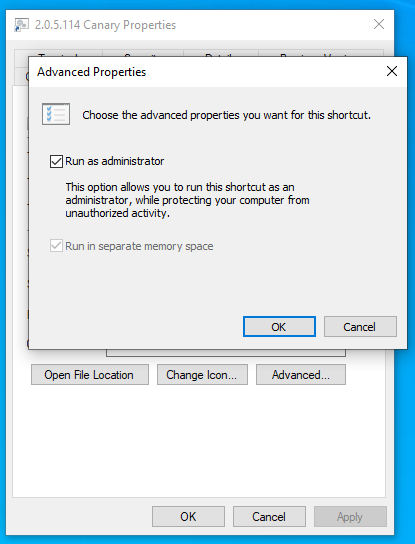On Windows I have been using a backup system, Cobain, for very many years. This runs as a service with Windows Shadowing ensuring that all open files are backed up. I am evaluating Duplicati as a replacement for Cobian and was initially very pleased to discover that Duplicati can do this. One further testing however installation is significantly more complex than running using backups via the user account.
You have provided a tool that sets up the service but it would be so much more intuitive to include an option to run this tool as part of the installation without having to perform a manual step and then a reboot.
I have been evaluating Duplicati from two points of view. The first is as a replacement for Cobian that is more suitable for backing up Thunderbird mail files than Cobian. I am about to install it for my own purposes on my new live system. Testing has been performed in a virtual machine.
The second is to update my backup solution advice for my local computer club members where I am one if the “experts” helping/advising less experienced users. These users, whether they know it or not, have the greatest need for a simple to use and reliable backup. For the latter case I would have to write quite detailed instructions as to how to set this up. Duplcati is suitable for my own purposes but I have concerns about whether any my club members could use it successfully without a lot of support from me.
A second suggestion that applies to our club members is that most do not have a local NAS storage (I do) but they do backup periodically to a USB drive. It would be perfect if Duplicati could detect the attachment if a specific USB drive to the computer and automatically run a preconfigured backup.
